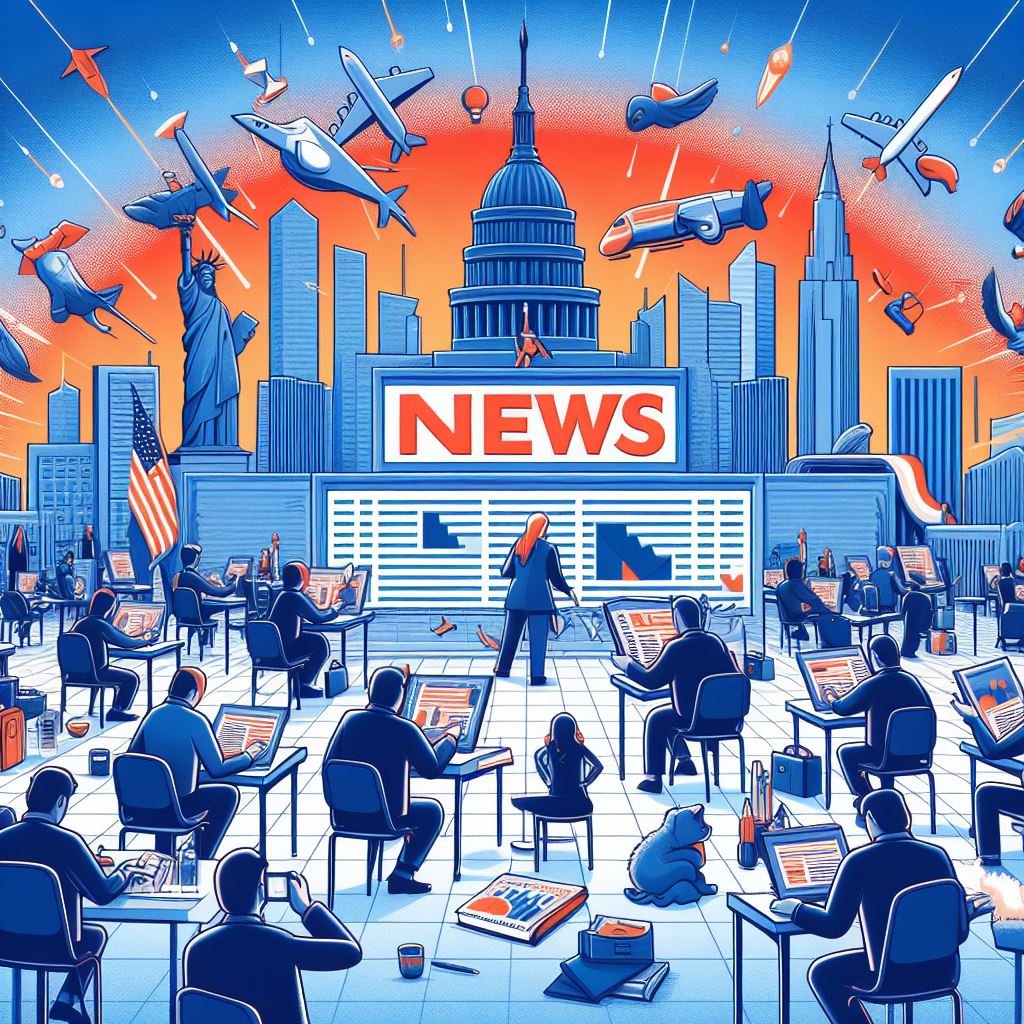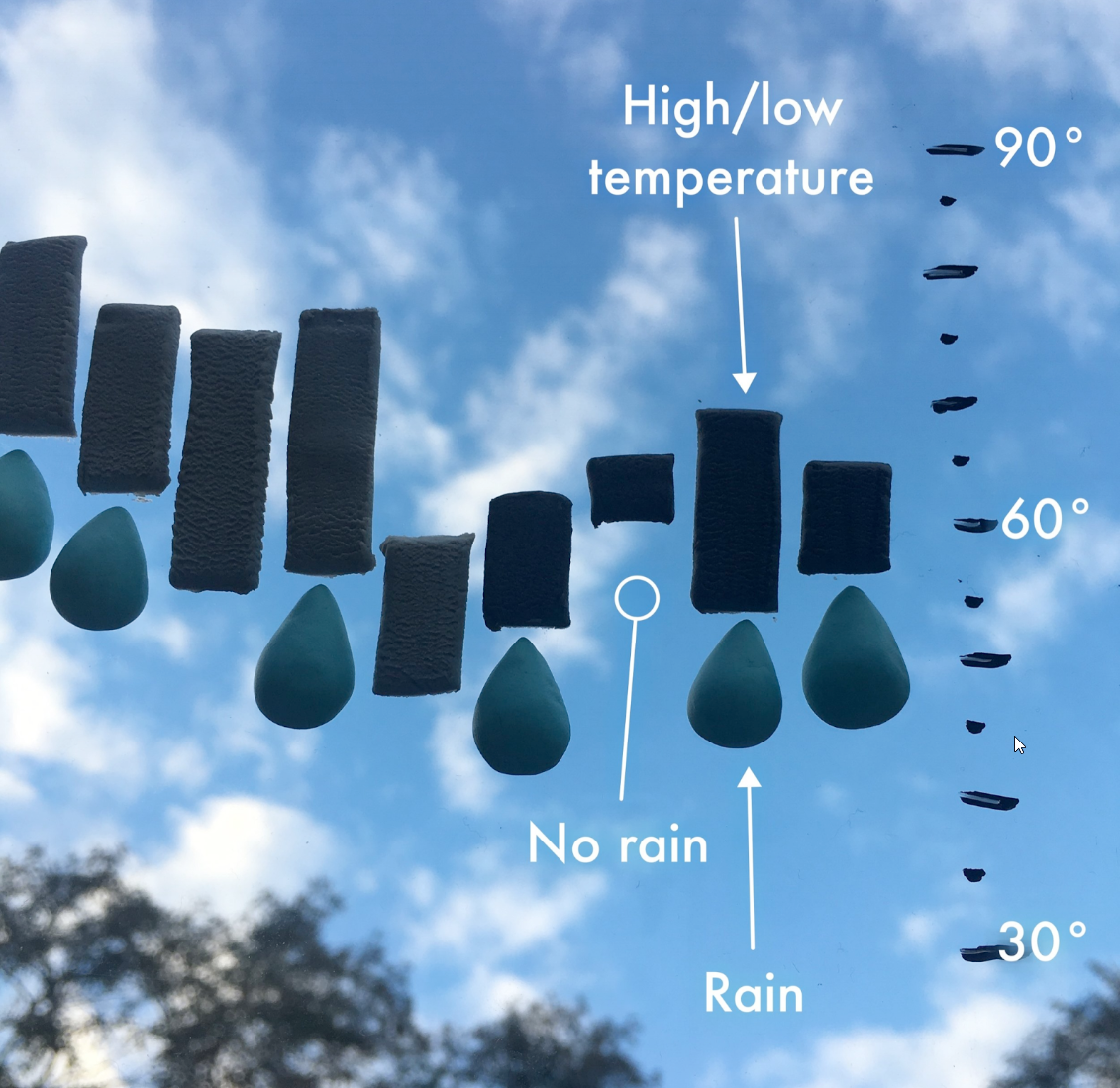This post was originally published on the Highcharts blog, and was transferred as part of the rebrand from Highcharts Cloud to everviz.
Our brains process pictures much more quickly than words, and in our “Too long; didn’t read.” culture, images are worth more than words. But the everyday graphs and charts that used to work so well can feel stale and outdated–or even misleading–if not used properly.
Here are some instances where graphs and charts beat out sentences and paragraphs to explain the big picture.
Piece of the Pie
Pie charts are great for showing allocations, trends, and percentages. When used side by side, they can be a telling method of showing actual versus ideal practices or help visualize forecasted trends.
In 2007, tax payers became concerned about military spending in the Middle East. So MSNBC writer, Tom Curry offered a some perspective using these pie charts comparing the percent of over U.S. budget toward federal military spending during Cold War Era 1954 and the Middle Eastern War era 2006.
Nearly 70 percent of all federal expenditures in 1954 went to buy rockets, rifles, radar, and nuclear warheads and to pay the salaries of Americans in uniform.
If you measure it another way, military spending in 1954 accounted for 13 percent of the total U.S. economic output (gross domestic product, or GDP).
Today it accounts for about four percent of GDP, a decline of 70 percent since 1954.
Transferring this sort of thinking to your own organization could help clarify all sorts of business concerns, and not just in the financial departments. Use comparing pie charts to show trends for time spent completing projects, or subscription fees for SaaS products across the organization before and after implementing an ERP software across the organization.
Chart Like an Egyptian
Using a pyramid chart is a quick way to show increasing or decreasing data trends.

In the book Sexual Assault in Canada: Law, Legal Practice, and Women’s Activism, editor Elizabeth Sheehy includes an attrition pyramid from H. Johnson (2012) depicting, “Limits of a criminal justice response: Trends in police and court processing of sexual assault.”
The pyramid structure, in and of itself, lends easily to the uphill struggle experienced from sexual assault incident to offender conviction. The percentages highlighted to the right of each pyramid layer call out important statistics in relation to the text within the respective pyramid layer. Most notable is the absence of statistics next to the base layer, which points out “Actual incidence of sexual assault: Likely will never be known.”
Pyramids and funnels accurately show the hierarchy and narrowing of a potential field. Sales teams often use funnel visualizations to show what stage of the sales process their leads are at. They can also be used for other business groups like software development teams with a lot of projects in discrete stages of development (waiting, investigation, working, QA). And supply chain teams can use funnels and pyramids to show the state of products in the pipeline from factory to warehouse to store shelves.
Walk the Line
Line graphs are great for showing spikes and depressions in data over a period of time or space.
The worldwide population boom is not new news. This line chart, supplemented a with color-matched map provides an eye-opening representation of the population growth by continent starting in the mid-1700s. They weren’t kidding about the population rise in Asia!
Use a similar line chart+map combination to show sales growth in different locations for a franchise, or purchase habits for different locations. Businesses use simple line charts all the time to show relative growth across an organization. Adding a map or layering several line charts on top of one another deepens the meaning for the chart and for the viewer.
Set the Bar
Bar graphs do a good job of showing side-by-side comparisons over a period of time.
Speaking of population, here are some stats that really home for us in Tennessee. According to a 2015 Metropolitan Planning Council (MPC) article, “It takes an entire year for Chicago to grow as much as Nashville does in one day.” In it, author Chrissy Mancini Nicols writes:
I read a stat that Nashville grows by 80 people a day. Of all the stats I read on a daily basis, this one stuck with me—Chicago only grew by 82 people in all of last year!
The Nashville region is expected to grow by almost 40% over the next 15 years, adding roughly 500,000 people, while Chicago—a region currently four times the size—will only grow by 7%, or 640,000 people.
MPC’s bar graph show the disparity between the Chicago and Nashville area growth rates over a three-year time period. That was three years ago and the city continues to experience the “boomtown” growth rates that surprise so many people outside Music City limits. Who isn’t surprised? Anyone who has started to bemoan increasingly congested traffic around the city they love so much they can’t begrudge all the newcomers for long.
Businesses have also been using multiple bar graphs for a long time to show relative growth between product or departments, but modern data visualization tools give companies the ability to make striking comparisons. Try bringing in financial data from different departments to compare growth over time, or use headcounts and engagement metrics from your HR software to show company growth and accountability.
Bear in Mind
They might be called “bar graphs,” but that doesn’t mean you are limited to using bars.
This United Nations Office on Drugs and Crime (UNODC) take on a bar graph provides statistics on the percentage of children among human trafficking victims by region. Beyond being informative, the use of a child’s toy as the measurement indicator makes this “bear graph,” if you will, visually arresting, emotionally unsettling, and a compelling tool to raise support and awareness for the UNODC World Day Against Trafficking in Persons.
Consumer and B2B brands can use these modified bar charts to show competitive advantages to customers. A chart like this could be particularly useful as part of a conference handout or on a marketing website.
Conclusions
Business data visualizations don’t have to be stale and boring line and bar charts where the customer’s eyes glaze over trying to take in all the information. Use all the tools that modern data visualization tools give you to make an impact with your data in a way that customers and internal stakeholders can’t ignore.


